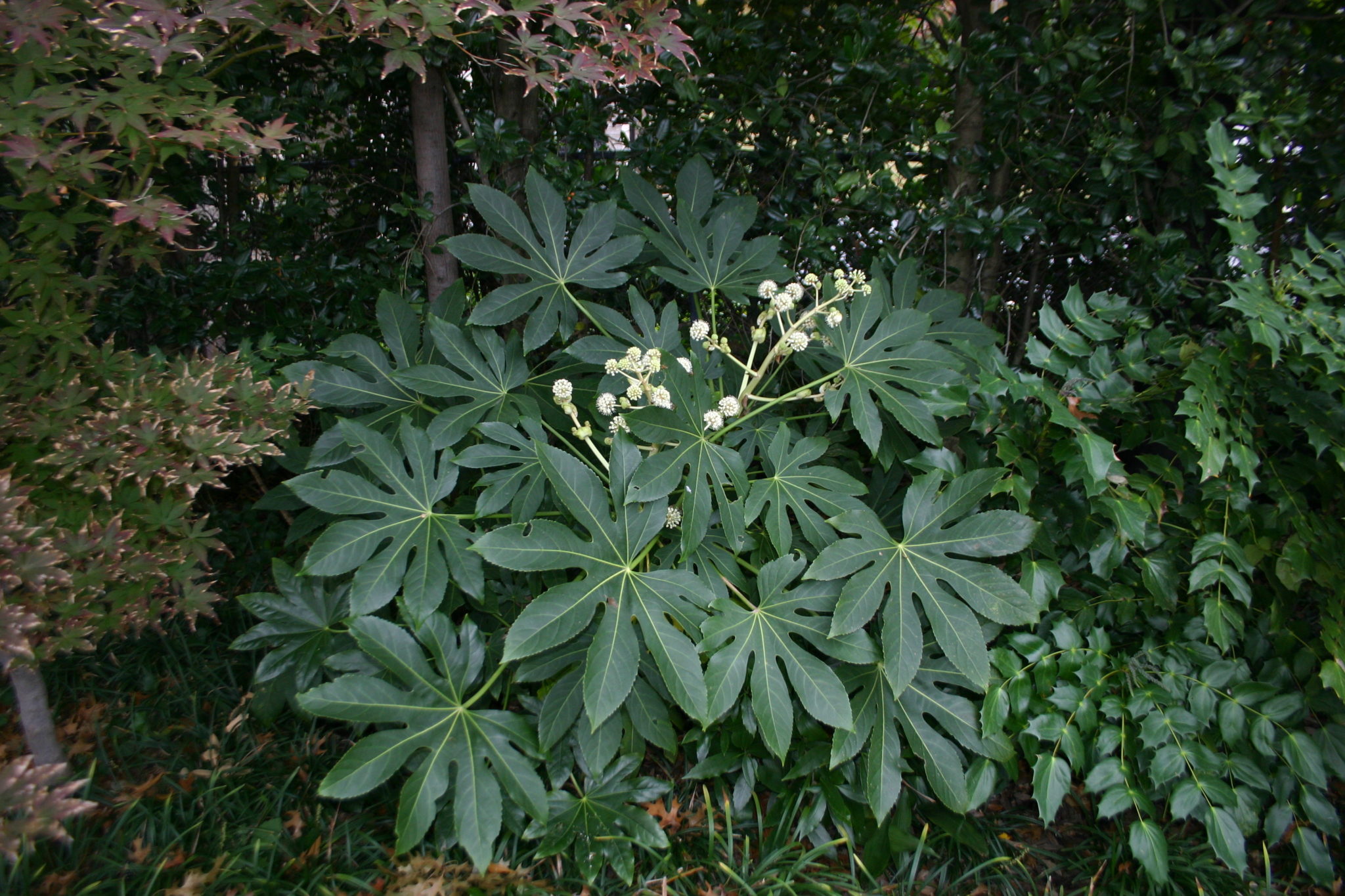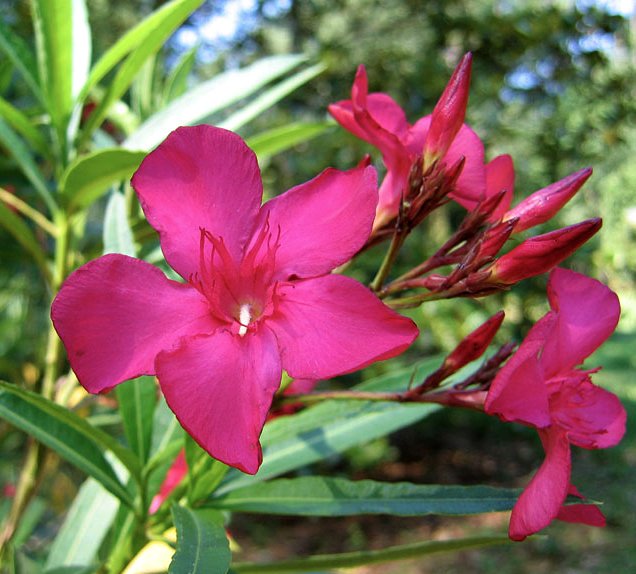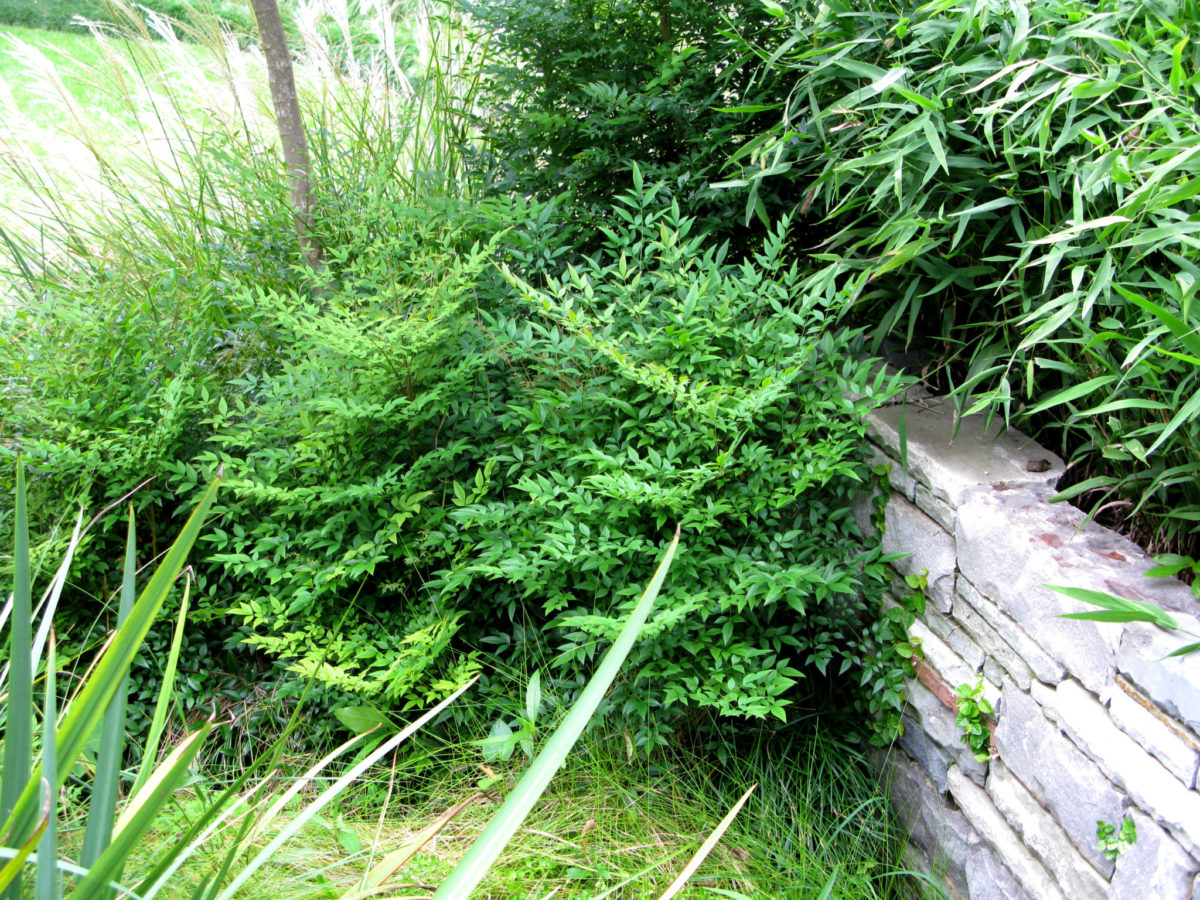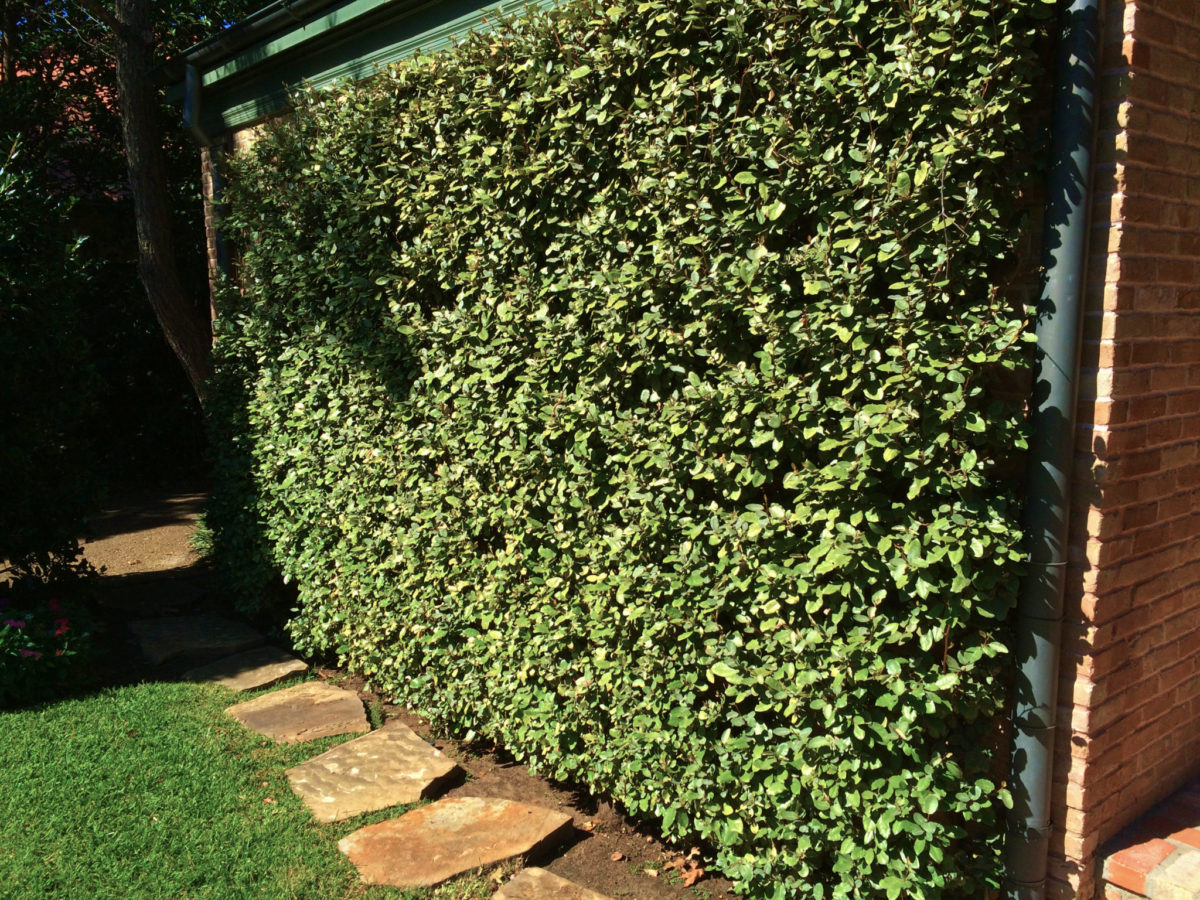Cotton Lavender or Santolina
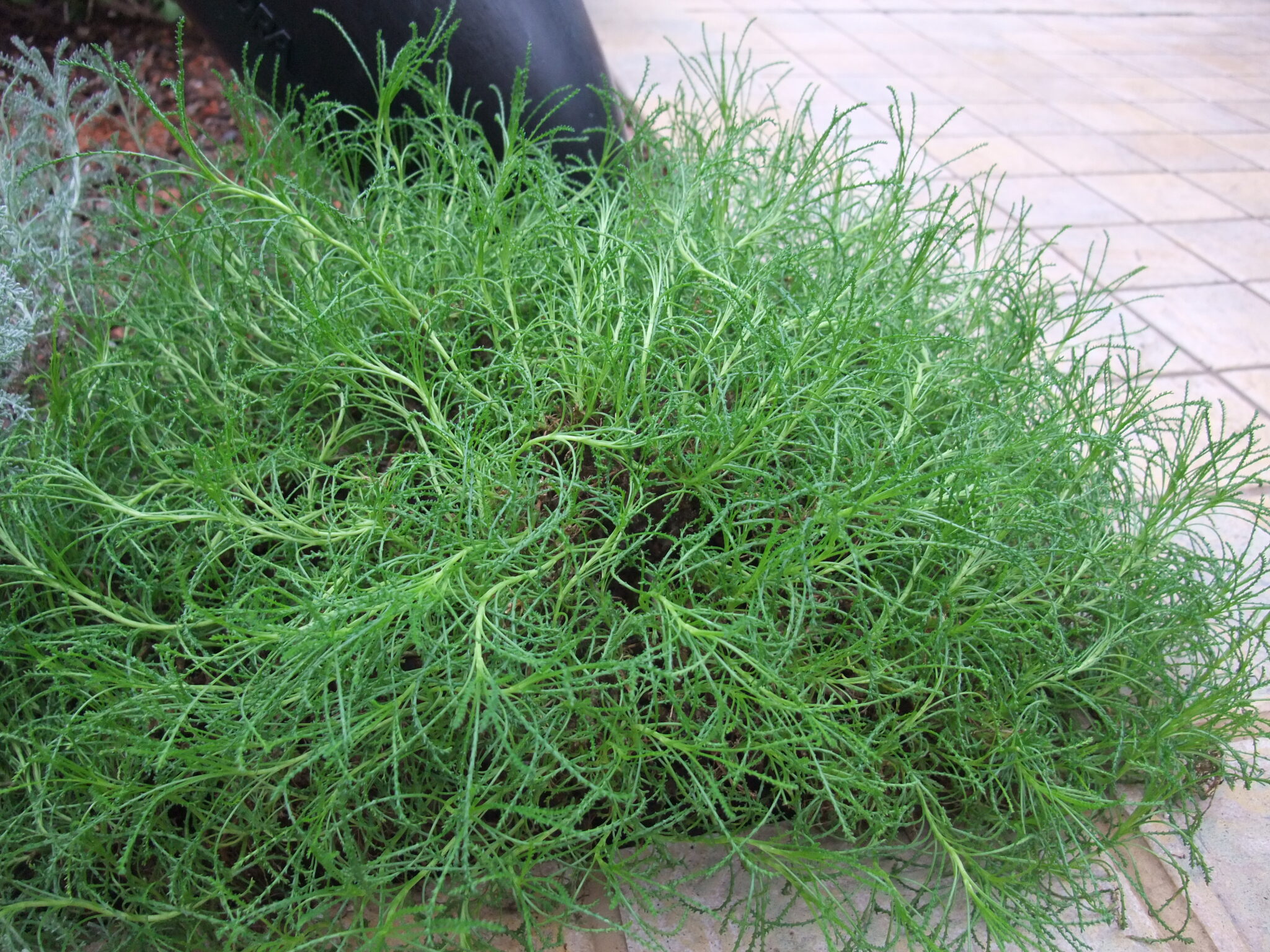
Cotton Lavender or Santolina
(Santolina rosmarinifolia)
Well-suited for Texas landscapes due to its drought tolerance, preference for full sun, and ability to thrive in well-drained, even poor, soils.
It is an evergreen perennial shrub that produces aromatic, silvery-gray foliage and small, button-like yellow flowers.

